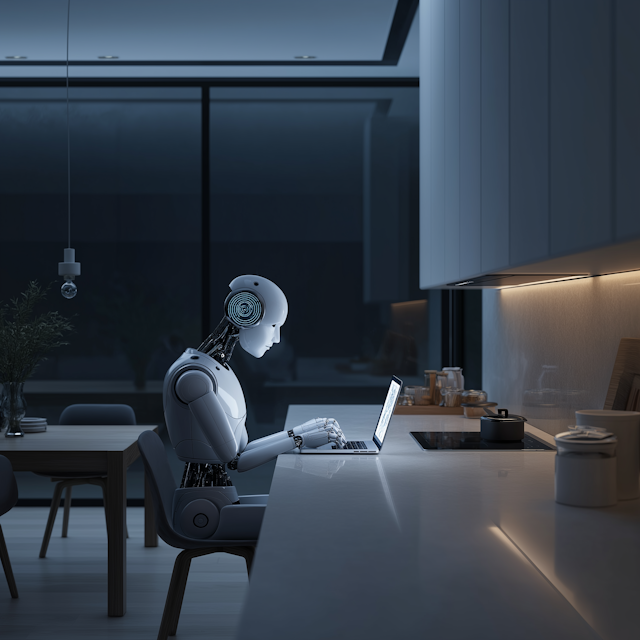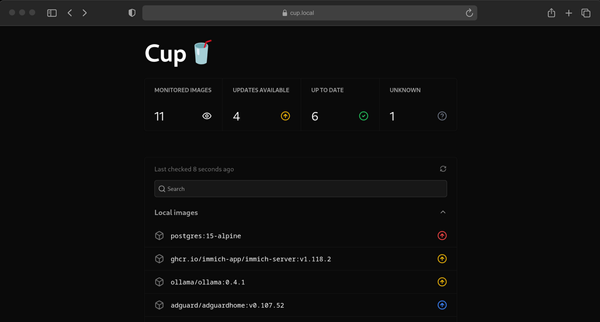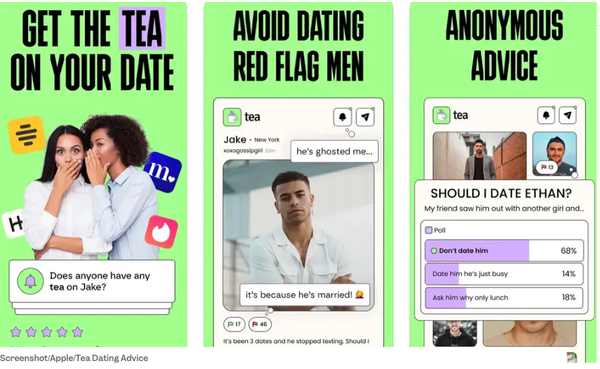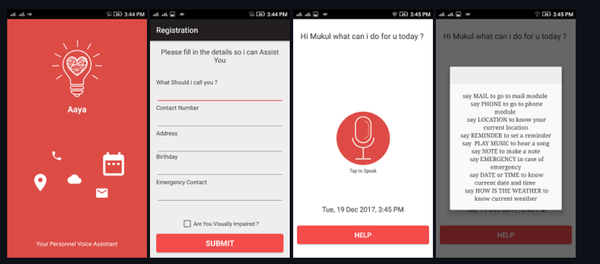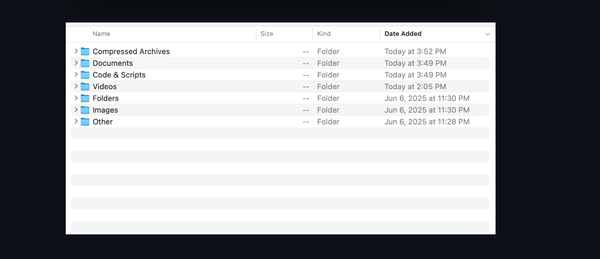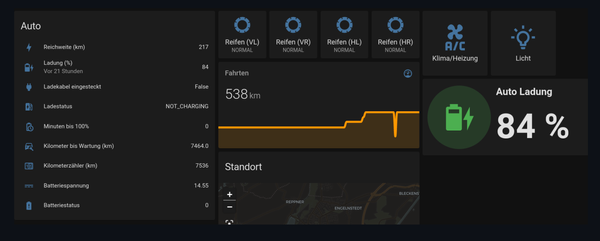7 Reasons Why I Slam the Brakes on My Kid’s Screen Time (And Why You Should Too)
Table of Content
As a doctor, a developer, and most importantly, a parent, I’ve spent years navigating the wild world of screens with my own kid. And let me tell you, it’s messy. Between treating patients with screen-related issues, coding apps that aim to reduce tech addiction, and raising an 8-year-old who loves both Minecraft and Linux tinkering, I’ve seen firsthand how much damage unlimited screen time can do.
Here are seven reasons why I’m strict about limiting phones and computer use for my son—and why you might want to rethink your family’s habits too.
1. Sleep is Non-Negotiable
Let’s start with the big one: sleep. If your kid’s glued to their phone or tablet before bed, they’re sabotaging their rest. Blue light messes with melatonin production, leaving them wide awake when they should be snoozing.
A tired kid equals a cranky, unfocused kid. Trust me, no one wants to deal with a sleep-deprived eight-year-old at 6 AM. That’s why we have a “no screens after 7 PM” rule in our house—it’s life-changing.

2. Social Skills Don’t Happen on Zoom Calls
Kids need real-life interaction to learn how to read emotions, resolve conflicts, and build friendships. Sure, online games can be fun, but they don’t teach empathy or body language.
My son used to default to texting his buddies instead of hanging out in person. Once I cut back his screen time, he started organizing backyard adventures and even learned to handle disagreements face-to-face. Those skills? Priceless.
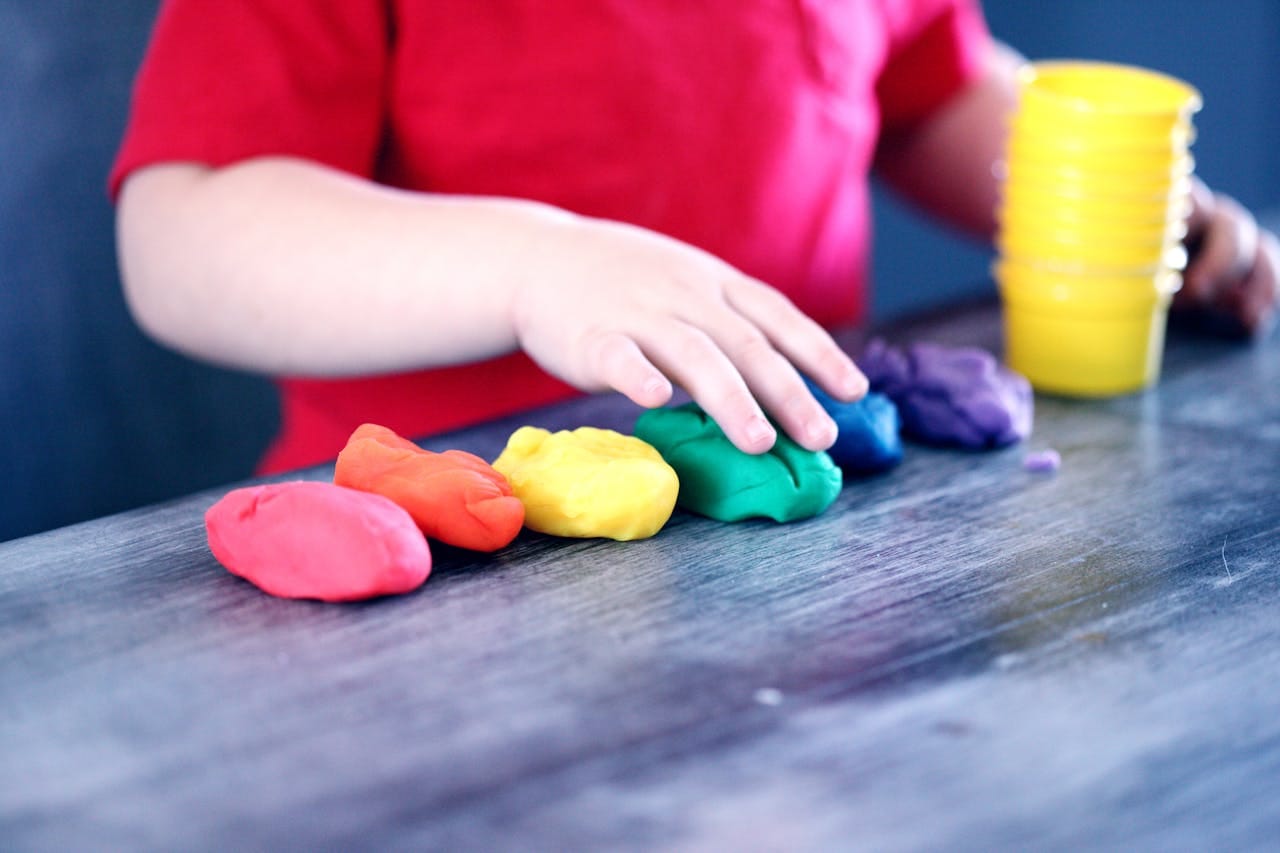
3. Attention Spans Are Fragile
Here’s the truth: ADHD or not, constant screen switching fries attention spans. Fast-paced videos, endless notifications, and quick wins from mobile games train kids to expect instant gratification.
Then, when it’s time to sit through math homework or a family dinner, they struggle. Limiting screen time forces them to practice focusing on slower, deeper activities, and guess what? Their brains thank you for it.

4. Bodies Need Movement, Not Sitting
Ever notice how kids slouch into tiny human pretzels while glued to a screen? Sedentary behavior isn’t just bad for posture; it also increases the risk of obesity and other health problems.
I made it a point to swap passive screen time for active alternatives like biking, climbing trees, or even dancing in the living room. Now my kid’s energy levels are through the roof—but in a good way.

5. Stress Levels Spike with Too Much Tech
Screens aren’t always relaxing. Violent video games, social media drama, and fast-paced content can overload a child’s nervous system, leading to anxiety and irritability.
When I noticed my son getting moody after long gaming sessions, I knew something had to change. Cutting back gave him space to decompress and focus on calmer hobbies like drawing and building LEGO sets.
6. Protect Them from Online Dangers
The internet is amazing, but it’s also full of risks. Ads, predators, and inappropriate content can pop up anywhere—even in “kid-friendly” apps. As a developer, I know how sneaky some platforms can be. That’s why I monitor usage, use parental controls, and talk openly with my son about staying safe online. Better safe than sorry.
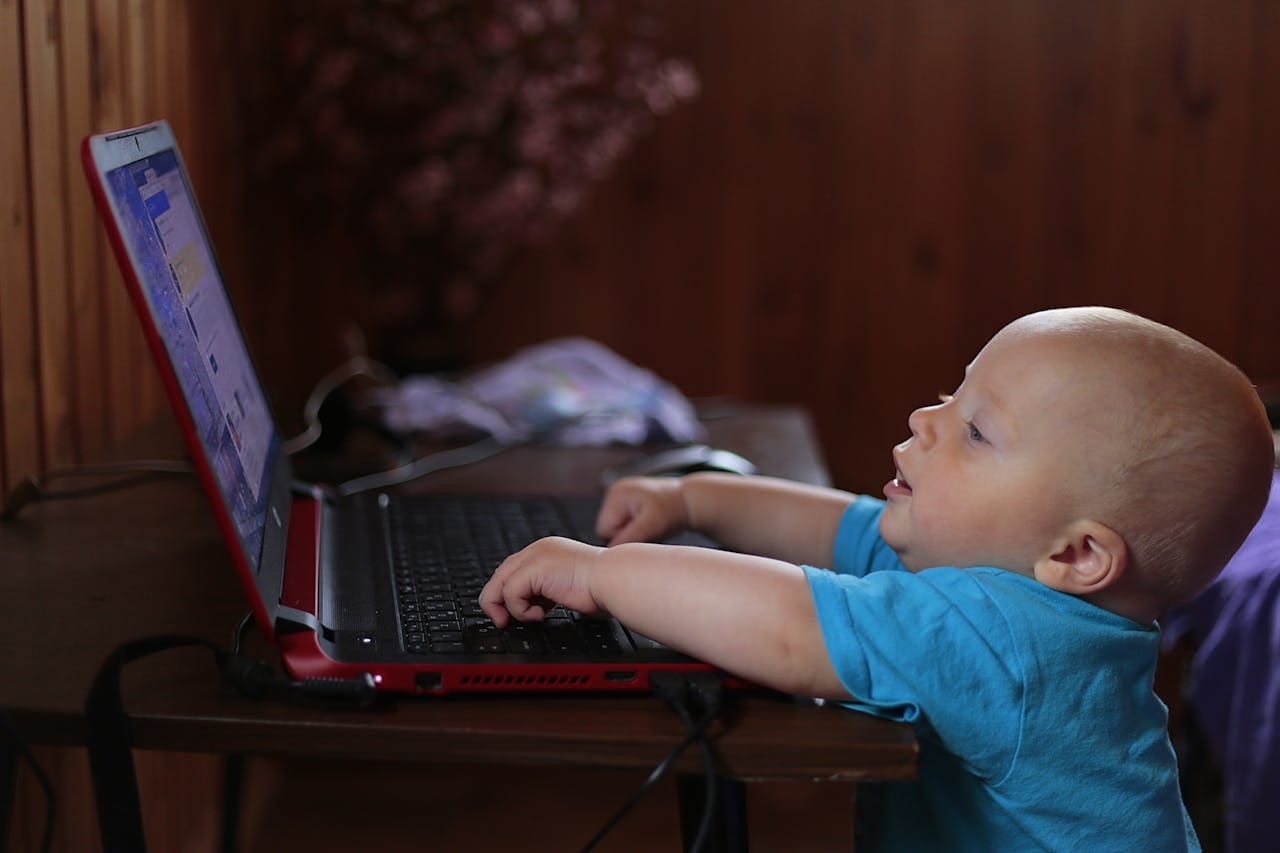
7. Creativity Thrives Without Screens
When kids spend all day consuming content, they miss chances to create their own magic. Instead of passively watching videos, my son now spends hours designing 3D models in Tinkercad or experimenting with simple coding projects. He’s proud of what he makes, and honestly, so am I. Giving him screen-free outlets has unlocked a whole new level of creativity.
My Pro Parent Tips: Keep It Simple
If you’re ready to take control of your kid’s screen time, here’s my quick-and-dirty list of recommendations:
- Set Clear Rules: No screens during meals, before school, or after bedtime.
- Swap Passive for Active: Replace mindless scrolling with hands-on activities like art, puzzles, or sports.
- Encourage Tech-Free Play: Board games, LEGOs, and outdoor adventures beat screen time any day.
- Model Good Behavior: Put down your own phone and show them alternative ways to spend time.
- Use Parental Controls: Block harmful content and set time limits—technology can help!
- Co-View Content: Watch shows or play games together, turning passive viewing into learning moments.
- Prioritize Sleep: Enforce a “no screens before bed” policy to protect their rest.

Final Thoughts: Balance is Key
Look, I get it—screens aren’t evil. They’re tools, and when used wisely, they can inspire creativity, teach new skills, and connect people. But as a parent, it’s my job to make sure my kid doesn’t drown in the digital flood. By setting boundaries and offering awesome alternatives, I’ve helped him grow into a curious, well-rounded little human who happens to love tech—but doesn’t depend on it.
Parenting win unlocked.








